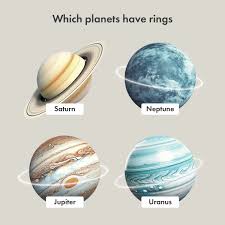Stamp: Satellite "INTERCOSMOS" (Cuba 1978)
Satellite "INTERCOSMOS" (Cuba 1978)
12 April (Cuba ) within release Space goes into circulation Stamp Satellite "INTERCOSMOS" face value 1 Cuban centavo
| Stamp Satellite "INTERCOSMOS" in catalogues | |
|---|---|
| Michel: | Mi:CU 2286 |
Stamp is square format.
Also in the issue Space:
- Stamp - Satellite "INTERCOSMOS" face value 1;
- Stamp - Spacecraft "Luna-24" face value 2;
- Stamp - Spacecraft "Venera-9" face value 5;
- Stamp - Satellite of series "Cosmos" face value 10;
- Stamp - Spacecraft "Venera-10" face value 13;
- Stamp - Moon rover "Lunokhod-2" face value 30;
Stamp Satellite "INTERCOSMOS" it reflects the thematic directions:
A star is a luminous spheroid of plasma held together by self-gravity. The nearest star to Earth is the Sun. Many other stars are visible to the naked eye at night; their immense distances from Earth make them appear as fixed points of light. The most prominent stars have been categorised into constellations and asterisms, and many of the brightest stars have proper names. Astronomers have assembled star catalogues that identify the known stars and provide standardized stellar designations. The observable universe contains an estimated 1022 to 1024 stars. Only about 4,000 of these stars are visible to the naked eye—all within the Milky Way galaxy.
A planet is a large, rounded astronomical body that is generally required to be in orbit around a star, stellar remnant, or brown dwarf, and is not one itself. The Solar System has eight planets by the most restrictive definition of the term: the terrestrial planets Mercury, Venus, Earth, and Mars, and the giant planets Jupiter, Saturn, Uranus, and Neptune. The best available theory of planet formation is the nebular hypothesis, which posits that an interstellar cloud collapses out of a nebula to create a young protostar orbited by a protoplanetary disk. Planets grow in this disk by the gradual accumulation of material driven by gravity, a process called accretion.
Outer space (or simply space) is the expanse that exists beyond Earth's atmosphere and between celestial bodies. It contains ultra-low levels of particle densities, constituting a near-perfect vacuum of predominantly hydrogen and helium plasma, permeated by electromagnetic radiation, cosmic rays, neutrinos, magnetic fields and dust. The baseline temperature of outer space, as set by the background radiation from the Big Bang, is 2.7 kelvins (−270 °C; −455 °F)
A satellite or artificial satellite is an object, typically a spacecraft, placed into orbit around a celestial body. They have a variety of uses, including communication relay, weather forecasting, navigation (GPS), broadcasting, scientific research, and Earth observation. Additional military uses are reconnaissance, early warning, signals intelligence and, potentially, weapon delivery. Other satellites include the final rocket stages that place satellites in orbit and formerly useful satellites that later become defunct.




